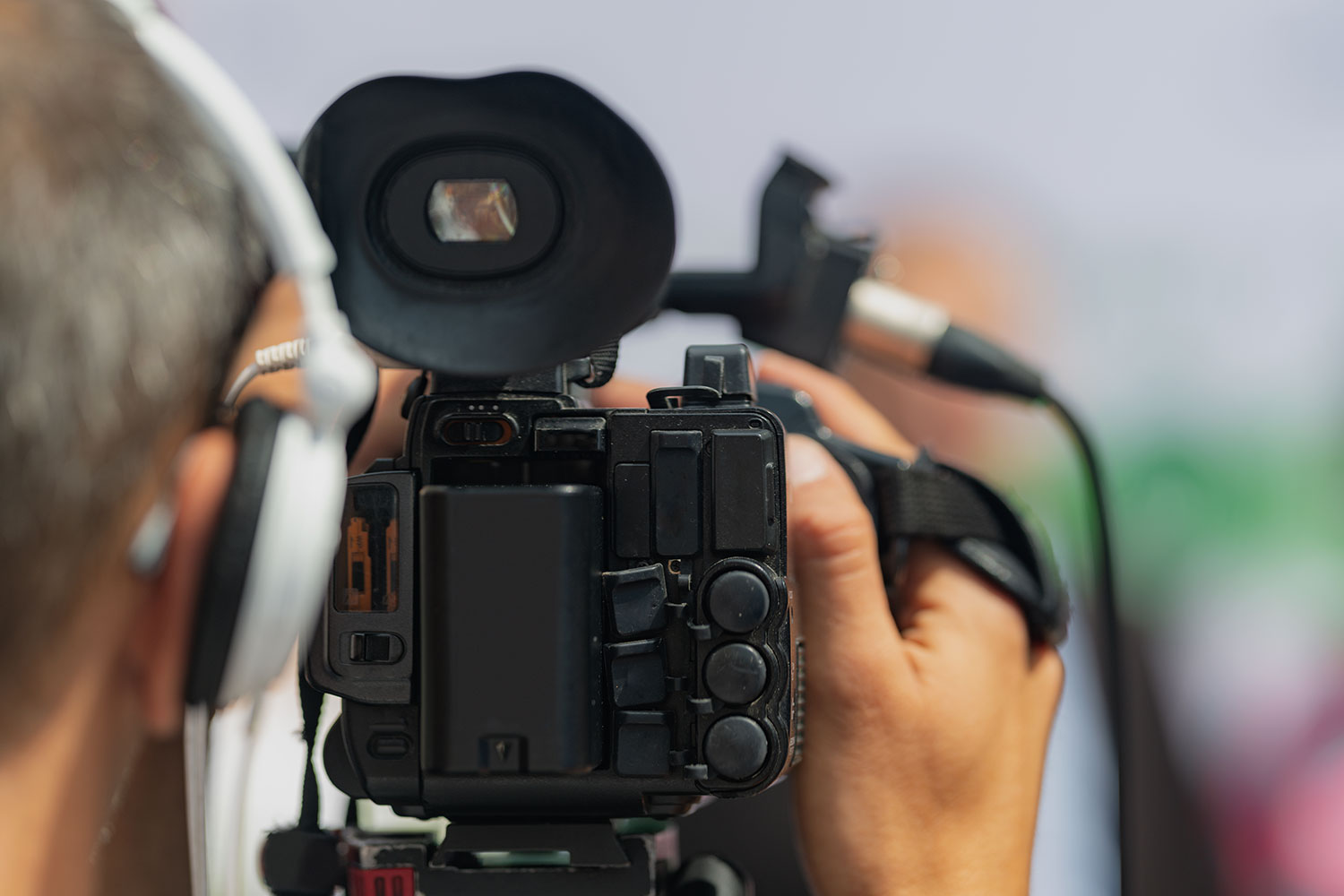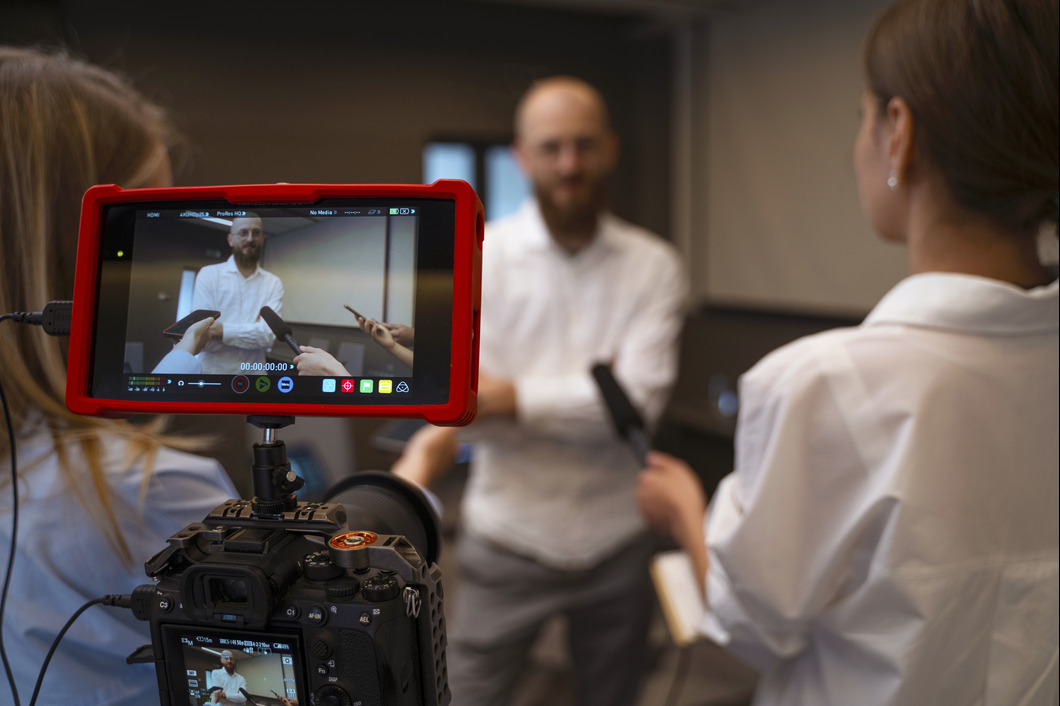How Legal Videography Supports the Legal System with Reliable Documentation
How Legal Videography Supports the Legal System with Reliable Documentation
Blog Article
Why Legal Videography Is Essential for Accurate Court Recordings
The role of lawful videography in courtroom settings can not be overemphasized, as it acts as a vital device for protecting the honesty of court documents. By recording both spoken and non-verbal communication, it boosts the clearness of witness testimonies and reflects the subtleties of courtroom interactions. This detailed documentation not only aids in lowering prospective misconceptions yet also supports appellate reviews, therefore enhancing the judicial process. Nonetheless, the ramifications of integrating lawful videography into basic court methods elevate important questions concerning its more comprehensive influence on the lawful system. What might these implications involve?
Value of Visual Evidence
In the realm of lawful process, the importance of visual evidence can not be overstated. Aesthetic proof acts as a powerful tool in establishing facts, affirming testimonies, and enhancing the overall quality of a situation. This type of proof, that includes photographs, video clips, and diagrams, can offer a substantial context that spoken summaries frequently do not have, therefore supplying juries and judges a more clear understanding of the situations surrounding a case.
In addition, visual proof aids in the retention of info. Human cognition is inherently visual, and individuals are most likely to remember and comprehend information offered in a visual style. In the court, this can be critical, as engaging visual proof can guide opinions and strengthen the story offered by legal agents.
Furthermore, the usage of visual evidence can reduce misconceptions and obscurities that commonly emerge from spoken exchanges. By giving a direct representation of events, visual proof aids to remove subjective analyses and fosters a more unbiased evaluation of the realities. The integration of aesthetic proof into legal proceedings not just enhances the integrity of the judicial procedure yet also improves the possibility of accomplishing a simply end result.
Catching Non-Verbal Cues
Using innovative videography strategies can considerably boost the capture of non-verbal signs during legal proceedings. Non-verbal interaction, including faces, body language, and eye contact, plays a critical duty in conveying emotions and objectives that might not be clearly stated in spoken testimony. legal videography. Lawful videography uses high-def cameras and strategic angles to make certain that these refined hints are recorded with clearness and precision
The ability to analyze non-verbal behavior can provide important context to declarations made throughout court sessions. For example, a witness's hesitation or confidence can be translated via their posture or gestures, possibly influencing the jury's perception of trustworthiness. The usage of close-up shots can aid concentrate on an audio speaker's expressions, enabling for an extra nuanced understanding of the testament.
Furthermore, integrating numerous camera angles can create an extensive sight of interactions, highlighting dynamics between events entailed. This multifaceted approach not just improves the accuracy of the court record however likewise help in maintaining the integrity of the judicial process - click here for more legal videography. Ultimately, catching non-verbal signs through lawful videography promotes a richer, more full representation of courtroom proceedings

Enhancing Testament Dependability
The integrity of testimony can be considerably boosted with using top quality legal videography. Video clip recordings function as an unbiased medium that records not only the talked words of witnesses however additionally the nuances of their distribution, consisting of tone, pacing, and emotional expressiveness. This diverse documents offers a more clear understanding of the witness's reliability and intents, which can be essential in legal procedures.
Moreover, lawful videography lessens the potential for misconceptions that might emerge from written transcripts alone. When jurors can observe a witness's disposition and body language combined with their testament, they are better equipped to assess the credibility and integrity of the evidence provided. This aesthetic context can enhance the testimonial story, making it a lot more engaging and credible.
Furthermore, the existence of a video recording can prevent possible disparities in statement. Witnesses may be much more careful in their statements when they know they are being recorded, resulting in even more accurate and honest accounts. Generally, high-quality lawful videography boosts the integrity of statement, ensuring that the court has access to a full and sincere representation of the truths as communicated by the witnesses.
Sustaining Appeals and Reviews
Lawful videography plays an important role in supporting charms and testimonials by providing a comprehensive aesthetic record of court procedures. This visual documentation records not only the spoken words of witnesses and attorneys but also the subtleties of body movement, intonation, and court room characteristics. Such aspects can be essential in comprehending see page the context of testimonies and disagreements offered.
In the appellate procedure, where the emphasis gets on errors of legislation and step-by-step justness, a video clip document can act as a crucial tool for appellate courts. It makes it possible for courts to review the initial test context, guaranteeing that choices are based upon a full understanding of the procedures. The capability to aesthetically assess the attitude of witnesses or the interactions between events can expose insights that written records might ignore.

In addition, lawful videography can assist in clarifying uncertainties in testaments or step-by-step rulings, therefore reinforcing the basis for an appeal. By supplying a reputable, unbiased account of what taken place in court, lawful videography not just supports the honesty of the legal procedure yet also encourages all events entailed to make informed choices concerning their cases.
Enhancing Court Procedures
Enhancing courtroom efficiency, legal videography streamlines processes by giving prompt accessibility to aesthetic documents of proceedings. This modern technology allows judges, lawyers, and courts to take another look at important statement and evidence, making certain that all parties have a clear understanding of the instance. By catching the subtleties of spoken and non-verbal interaction, videography improves the document, making it easier to grasp the context and weight of testimonies.

Additionally, video recordings can assist in remote participation in hearings, enabling for greater adaptability in scheduling and involvement, which is particularly important in intricate instances including multiple stakeholders.
Verdict
In final thought, legal videography plays a crucial duty in ensuring precise court recordings by providing essential aesthetic evidence that catches both spoken and non-verbal interaction. This technique improves the integrity of statements, sustains appellate reviews, and enhances official source courtroom processes. By cultivating a thorough understanding of court dynamics, lawful videography ultimately adds to much more equitable judicial results, strengthening the honesty of the lawful system and helping with informed decision-making.
Report this page